"As darkness came, there was a very loud noise, metal and glass breaking, no screams, all in the fraction of the second one takes to breathe in. It was all over in no time.”
Javier Gonzalez was speaking to the BBC, after surviving the crash that claimed more lives on the Tube than any other single incident. He spent weeks recovering from his injuries in hospital.
On February 28 1975, the 0838 Northern Line Underground train left half a minute late from Drayton Park, carrying 300 passengers to Moorgate on the Highbury branch.
As the train approached its destination at 0846, it failed to slow. Travelling at 30mph-40mph, the six-vehicle train entered the overrun tunnel at Moorgate terminus.
Fifty-six-year-old Driver Leslie Newson, carrying nearly £300 in cash ready to buy a car for his daughter, remained upright and took no action. He did not move or raise his hands to protect his face as the train crashed into the end wall of the tunnel, crushing the first, second and front-half of the third vehicle into approximately half of their original length.
Staff at Moorgate immediately called the emergency services, and the first ambulances were on the scene just eight minutes after the impact.
The station had been left in complete darkness, engulfed by dust and soot. Newson was killed, along with 42 passengers. A further 74 passengers were injured and needed treatment in hospital.
Forty years on, the site of the incident bears no mark of it. But the causes of the crash are no clearer now than they were then.
That Friday morning, on the last day of February, Motorman Newson had a normal start to his working day. He didn’t usually eat breakfast, but always made a cup of tea before work, and today was no different.
When he arrived at work at about 0610, he was in plenty of time to join his colleagues for another cup of tea before starting duty at 0624. He shared some milk from his flask with one colleague, and another asked Newson for some sugar, to which Newson told him: “Go easy with it, I shall want another cup when I come off duty.”
The other drivers didn’t know Newson well, but they generally regarded him as “conscientious” and “cheerful”. He’d been employed at London Transport since 1969 and, although he had recently transferred to Drayton Park, he was familiar with the Highbury branch. In the 13 days leading up to that Friday, he had driven 121 times onto Platform 9 (where the accident occurred) without incident.
All the usual checks were carried out - the brakes were effective, and everything was in order.
Guard Bob Harris was assigned to Newson’s train that morning (Train 272), but he was running late. So Motorman Rozario volunteered to fill in until Harris arrived. Rozario did not know Newson, but found him to be fit and normal that morning, and the train ran as expected.
Harris took over just after 0700. He was 18 and had only been in the job since the previous August, but he’d worked regularly alongside Newson since his transfer to Drayton Park that January.
The pair chatted briefly between the following three journeys. They never spoke a great deal, which Harris said he thought was because of the large age gap between them.
That morning, Harris told Newson he was going camping that night. Newson said he was mad: “I would not go camping in this weather. I loved it at Dunkirk, but I would sooner go into a hotel.”
As the train left on its fourth (and what would be its final) journey, Newson waved to a colleague on the platform at Drayton Park.
Just after the train departed Old Street, Harris left his post at the leading end of the last vehicle and entered the driving cab in search of a newspaper.
Engrossed in the advertisements, he paused at the leading double door bay on his way back, and suddenly realised that the train was approaching Moorgate too fast. No sooner had he thought it, than he was thrown to the floor.
Standing on Platform 9, Railman Andrews watched the train approaching and knew it couldn’t stop in time. He immediately decided to ring for Control from the adjacent platform, but he was already too late.
Nearby, Guard Friar stood among the 20 to 30 people waiting on the platform. As he heard the train approaching too fast, he looked round to see Newson sitting in a normal position in the cab, looking straight ahead of him. The train knocked down the red marker light, and sand blew into the air as the train hit the sand pit and ran into the overrun tunnel.
Several eyewitnesses who were interviewed later corroborated what Friar saw - that Newson did not move.
A recovery operation ensued, that was described at the inquest as being of “unprecedented difficulty”. The only journalist allowed into the tunnel (Gerard Kemp from the Daily Telegraph), described the scene as “a horrible mess of limbs and mangled iron”.
It took hundreds of police, ambulance staff, members of the Salvation Army and more than 1,300 firemen four days to retrieve everyone onboard.
Twelve hours after the collision, a young policewoman was rescued from the front carriage after her foot was amputated.
It was not until 13 hours and 19 minutes after the collision that the last survivor was rescued. And the driver’s body was finally recovered on March 4 - four days later.
Kemp said: “One of the great problems was the intense heat down there. It must have been 120 degrees. It was like opening the door of an oven.”
Along with the money to buy his daughter’s first car, Newson’s bag contained the working timetable and other notices, his copy of the Rule Book, and two notebooks (one containing notes on dealing with defects and train failures) with plastic covers to protect them from wear - an action that one of the investigators of the incident thought “underlined the fact that Motorman Newson conducted himself in a most conscientious manner in respect of his job on the railway”.
Newson was described at the inquest as a quiet man with orderly habits. Not a sickly man, nor a daydreamer, not a runner of red lights when driving a car, or someone known to drink excessively. His wife and a close friend (a bus inspector for London Transport) said that he was not depressed, and that he loved his job.
He had been passed as medically fit, and had only two days of sickness absence noted on his staff record. The only other record was on June 21 1974, when Newson went to the aid of a woman who was being annoyed by another passenger. He was assaulted by the passenger and suffered a cut on his eye and bruising to his cheek.
In the inquest that followed Moorgate, everyone tried to understand the events leading up to the final collision. The 1938 Tube Stock involved was carefully inspected for all possible defects, but all the brakes and traction equipment were found to be in working order. They had simply not been used.
X-rays taken of Newson’s hands and forearms confirmed the eyewitness statements that he had not raised his hands before impact, even though it is a natural human instinct to protect your face.
Newson had not been electrocuted. The cause of his death was “shock from multiple injuries” on what otherwise appeared to be a “perfectly healthy man”. The medical examiner found no dissolved drug or poison matter, nothing to suggest a seizure or brain disease of any kind, and no indication of a heavy drinking habit.
However, another examiner concluded that the 80mg per 100ml of alcohol in Newson’s blood indicated that he had been drinking on the morning of his death.
This became the subject of much disagreement between the examiners. Some felt that the level was high enough to make a person more susceptible to a lapse in concentration, while others did not. In particular, one examiner said that the level of alcohol might have been caused by the growth of micro-organisms and fungi in a decomposing body (made more prevalent from four days in a high-temperature environment).
The colleague with whom Newson had shared milk confirmed that it did not taste of alcohol. And none of the people who had been in contact with Newson that morning were suspicious of his behaviour.
The suggestion was made that Newson had been daydreaming, perhaps even thinking about the car he was going to buy his daughter. But the consensus was that the sudden change in environment from tunnel to station - and the difference in noise level and lighting - should have been sufficient to bring a daydreaming man round from a lapse in concentration.
Several medical conditions were suggested, including those akin to ‘locked-in’ syndrome whereby the individual is aware of his surroundings but suffers from total paralysis. However, there was no evidence to support this.
Whatever was happening to him, it was a condition that allowed him to retain balance and muscle tone throughout. Newson took no positive action of any kind, and it was this that the inquest determined was “the most notable feature about this sequence of events”.
The inquest deemed that the incident was accidental.
We must be thankful that 40 years on, Moorgate still represents the highest peacetime loss of life on the Underground in a single incident. But it will always be remembered for the questions that remain unanswered.
Was Newson the kind of man who would have wilfully taken so many lives in order to take his own? Had he been drinking that morning, and was it enough for him to lose concentration to such an extent? Was he victim to an unexplained medical condition?
The survivors of the crash… the families of the victims… the railway will never know. It is a sobering reminder that advances in technology, no matter how significant, cannot answer every question. We can legislate for how the railway reacts to human error and how it prevents an accident, but we cannot legislate for the human mind.
- This feature was published in RAIL 769 on March 4 2015

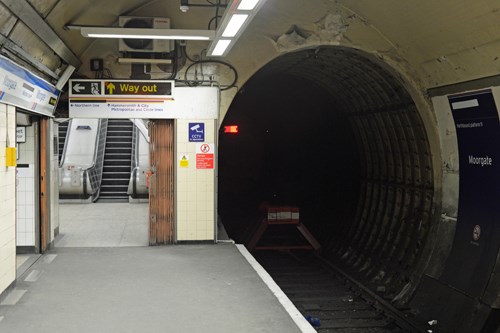
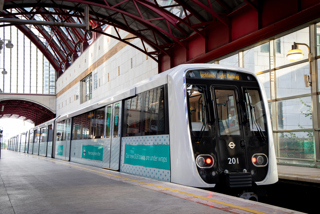
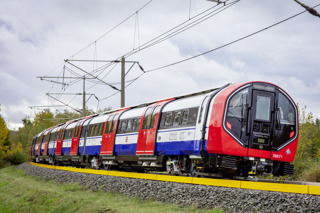
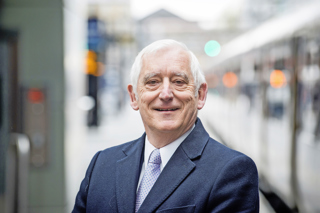
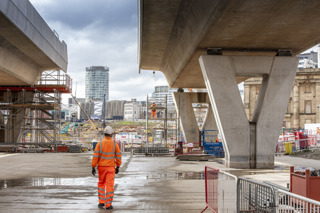
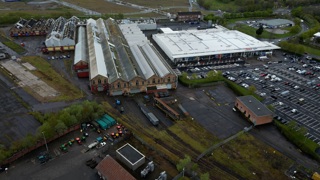











DJMAC - 16/01/2016 14:46
Yes I can vagally remember this & still get flashbacks about it, The most annoying thing about this is that it's 41 years ago & what actually has been done about it, Not a great deal by the looks of thing's, Another job been swept under the carpet. The General Public have a right to know, They've asked Questions, It's Time that they got answers, & now, Not in 2051 when the case will cease.I personally would like to thank R.Jones & B.Goodfellow for their great efforts to what they've done Well Done Lads.